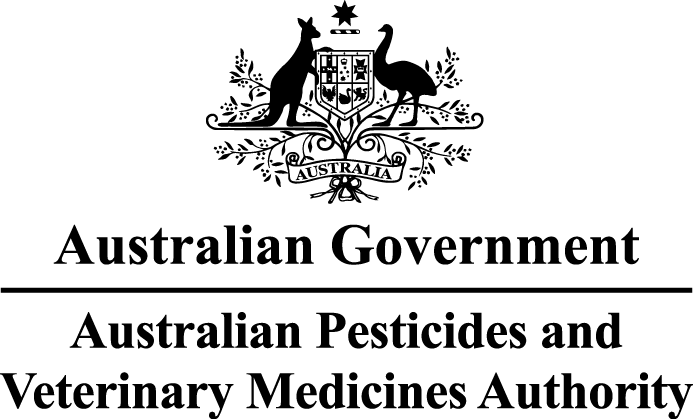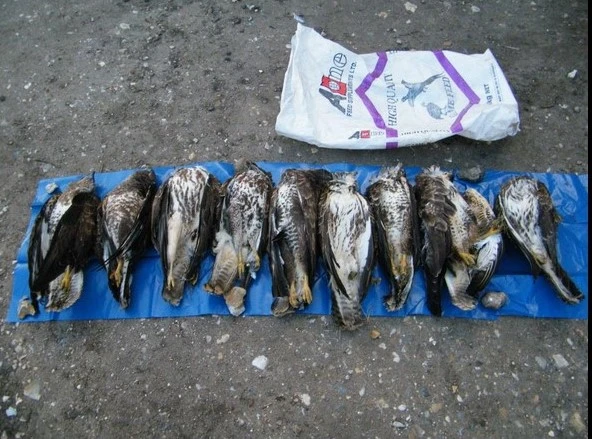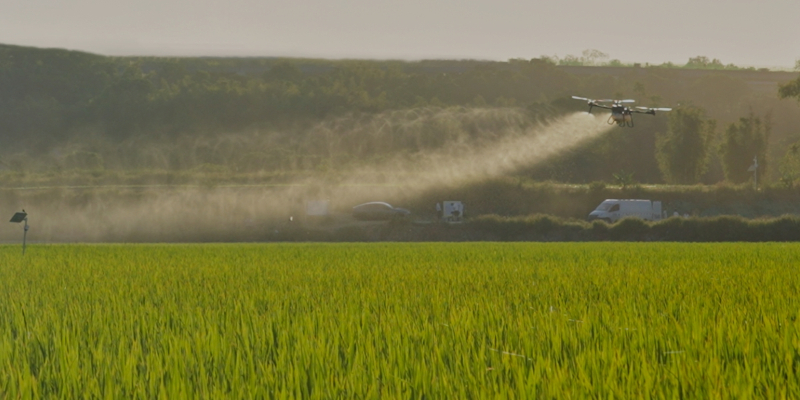In this article we will look at how the law in Australia governs the use of agricultural chemicals both at Commonwealth and State level.
Introduction
Both the Commonwealth Government and the State Governments and Territories have legislation regulating agricultural chemicals.
The Commonwealth Government regulates their sale and supply, whereas the States and Territories control how they are used.

The National Registration Scheme acts as the starting point. The Australian Pesticides and Medicines Authority (APVMA) regulates the manufacture, distribution, and supply of products from registration up to, and including, the point of sale.
Registration is granted to a new agricultural chemical product following a rigorous scientific evaluation that considers factors such as product efficacy, human and environmental safety, as well as the potential impact on trade. This process includes a degree of public consultation.
Firstly, the manufacturer and potential marketer determine the protocols under which a new agricultural chemical may be safely and effectively used. The manufacturer or registrant then submits a registration proposal to the APVMA for consideration. If the proposal is deemed satisfactory, the chemical product is registered by the APVMA under the AG Vet Code, which is a schedule of the Agricultural and Veterinary Chemicals Code Act (1994), (Commonwealth legislation).
An integral part of registration is the requirement that precise instructions for the use of products be included as part of the approved product label and the material accompanying the product when sold. Labels must contain information such as:
- the approved rates of use,
- dosage rates,
- routes of administration,
- type and concentration of active constituents,
- safety precautions, and
- a statement of withholding periods.

Raptor poisoning by Mevinphos (Phosdrin)
Courtesy: Google Images
Under the AG Vet Code, certain products are declared to be restricted chemical products because of the increased risk associated with their use. Supply and use of such products are restricted to authorised personnel.
An example of this was the restriction of the insecticide Mevinphos (sold as Phosdrin) in 2005 following discovery of its highly acute organophosphate toxicity to aquatic invertebrates, mammals, and birds, which posed an elevated risk to humans involved in its use.
APVMA Operating Principles in Relation to Spray Drift Risk
In assessing applications for product registrations, the APVMA undertakes spray drift risk assessment for agricultural chemical products. No-Spray Zones are the collective buffer zones that the APVMA may require between an application area and an area downwind that needs to be protected. The APVMA sets the size of the no-spray zones based on the inherent hazard characteristic of each pesticide and on an assessment of the specific risk.
The major factors considered are droplet size, wind speed, and release height. Accordingly, where the APVMA has determined there are spray drift risks associated with the use of a product, the instructions on the product label will contain instructions on:
- Droplet size range or Spectra as defined in the relevant ASAE (American Society of Agricultural Engineering) standard.
- NOTE: because aerial application can cause fragmentation of droplets, the aerial agriculture industry supports specific wind tunnel testing to generate data in support of the use of suitable nozzles which would achieve the required spray droplets Spectra.
- Advisory information or mandatory limitations in relation to wind direction and speed.
- NOTE: no information is provided on downwind spray zones in conditions where wind speed is less than 3kph and more than 20kph, or where surface temperature inversions are likely as aerial spraying is not recommended in these conditions.
When the APVMA sets a declared spray drift risk area or a mandatory no-spray zone on a label, it will specify three wind speed ranges for aerial applications. These are usually:
- 3 to 8kph,
- 9 to 14kph, and
- 15 to 20kph.
Each wind speed range will be associated with either a mandatory no-spray zone or a declared spray drift risk area, and the distance will be specifically calculated for that wind speed range.

Dangerous Spray Drift due to Excessive Speed
Courtesy: Google Images
Useful Links & Resources
https://www.apvma.gov.au/resources/using-chemicals/spray-drift
- Spray Drift guidelines from the APVMA
- See in particular the section on Emerging Technologies for information specific to RPA.
- Guidelines and licensing information from the Environmental Protection Agency (EPA), NSW.
https://cersauas.wordpress.ncsu.edu/files/2021/05/CERSA-UAS-Spray-Drift-Workshop-Final-Report.pdf
- North Carolina University workshop on Spray Drift in Agricultural RPA.
Role of the States and Territories
The States and Territories supplement the Commonwealth registration requirements by implementing adequate and effective Control-Of-Use legislation. Each State and Territory has its own Control-Of-Use legislation covering not only agricultural chemical products but also veterinary chemical products.
Some States also have independent legislation covering workplace safety and the handling of dangerous goods.
Health Act (1937) and Regulations
The Health Act (1937) authorises the Health (Drugs and Poisons) Regulations (1996), which regulates farm chemical management.
The Health (Drugs and Poisons) Regulations (1996), through the adoption of the Standard for the Uniform Scheduling of Drugs and Poisons (SUSDP), covers:
- The scheduling of individual products (Poisons Schedules 1, 4, 5, 6)
- Product packaging and labelling.
The regulation also contains provisions that:
- Restrict public access to Schedule 1 products and require their recording when sold by retail.
- Prohibit the use of food containers to store scheduled poisons.
In addition, there are requirements relating to the storage of Schedule 5 and 6 poisons with respect to ensuring that they are kept well away from the reach of children, as directed by the signal heading on the agricultural product label.
The Department of Health administers the Health Act (1937) and subordinate legislations.
Environmental Protection Act (1994) and Regulations

The Environmental Protection Act (1994) – EP Act – with its subordinate regulations and policies is primarily concerned with preventing the off-farm impact of agricultural chemicals.
The EP Act requires every person to display a general environmental duty, and not to carry out any activity that causes, or is likely to cause, environmental harm unless all reasonable and practical measures are taken to prevent or minimise the harm. Any activity (e.g., the release of agricultural chemicals) that causes serious or material environmental harm, or creates an environmental nuisance is unlawful unless authorised by the Act.
The Environmental Protection (Water) Policy (1997) prohibits the release of any agricultural chemical to stormwater drains or waterways, although use of an agricultural chemical in accordance with labels instructions (e.g., for weed control) is considered a defence against any prosecution.
The Environmental Protection Waste Management Regulation (2000) prohibits the dumping of waste agricultural chemicals or containers, other than at approved waste management facilities. Waste agricultural chemicals are regulated ‘waste’, and their handling and disposal is subject to specific approvals and conditions relating to their transport, handling and disposal.
The Environmental Protection Agency (EPA) administers the EP Act and its subordinate regulations.
Conclusion
The legislative landscape for the application of agricultural chemicals is complex but is rooted in the objective of promoting safe and effective application, regardless of the technology involved.
With emerging technologies, such as remotely piloted aircraft, the regulations and recommendations are under constant review and improvement. It is the responsibility of the agricultural RPA operator to ensure that they understand and comply with legislation – ignorance is no defence!
There is a growing culture amongst some RPA operators and manufacturers of increasing profits by using inappropriate spray techniques. This type of behaviour risks a loss of license, fines, or even imprisonment for those caught breaking the law.
You can learn more about the regulations and laws for your State or Territory in our section on Environmental Regulations, or reach out to the FPVAg team via our Forums.
Let’s Get Started
Don’t trust your future to anyone else. FPV Australia have you covered. Contact us NOW!

